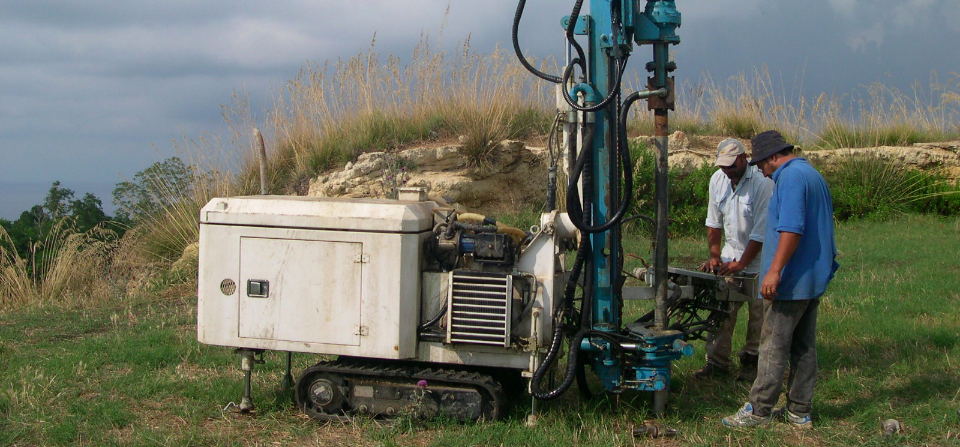Reconstruction of archaeological strategies
Stratigraphic Interpretation and Applications of Archaeological Coring
Archaeological coring is performed “dry” to preserve the natural characteristics of the soil sampled continuously during drilling. This approach is essential for obtaining accurate and detailed data to reconstruct the stratigraphy of archaeological sites.

Coring is usually conducted after identifying potential targets through indirect geophysical surveys such as electrical resistivity, radar, electromagnetic, and magnetic investigations. These non-invasive methods offer an initial overview of the subsurface.
Special core barrels are used, with diameters ranging from 80 to 101 mm and lengths between 60 and 80 cm, allowing for precise and stratified sample collection.
Pedostratigraphic Interpretation and Paleoenvironmental Reconstruction
The analysis and interpretation of pedostratigraphic horizons crossed during coring help estimate the thickness of archaeological layers, detect buried structures, and study paleoenvironmental conditions through specialized investigations of soil samples.
This data is crucial to understanding human-environment interaction over time and supports the protection and enhancement of archaeological heritage.
Do you have a project?
Contact us for a consultation or for more information on our services
Contact us now